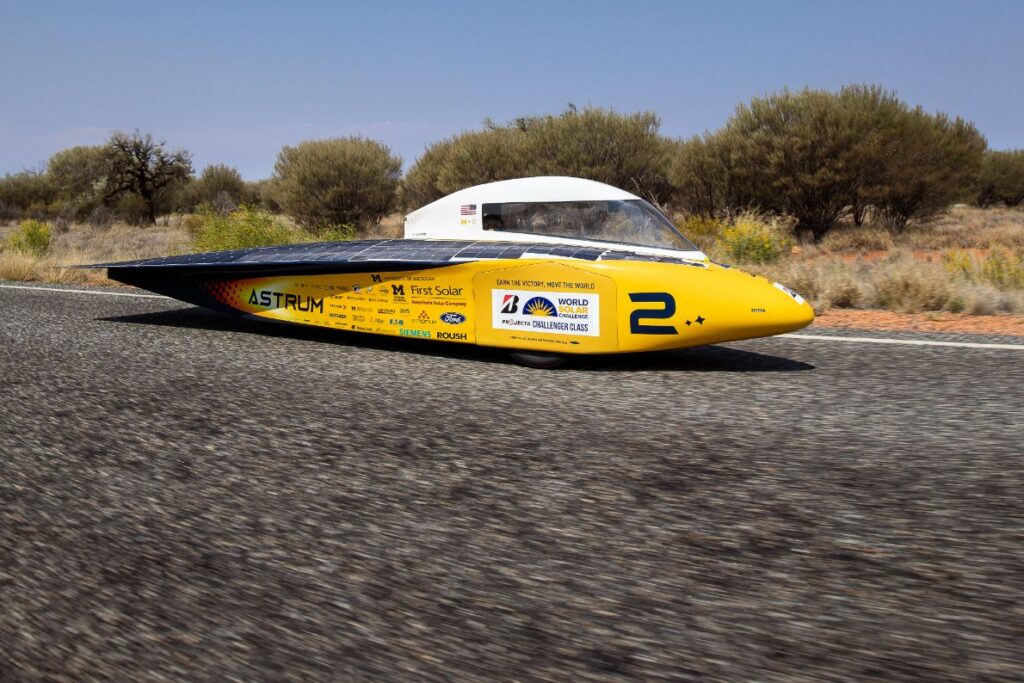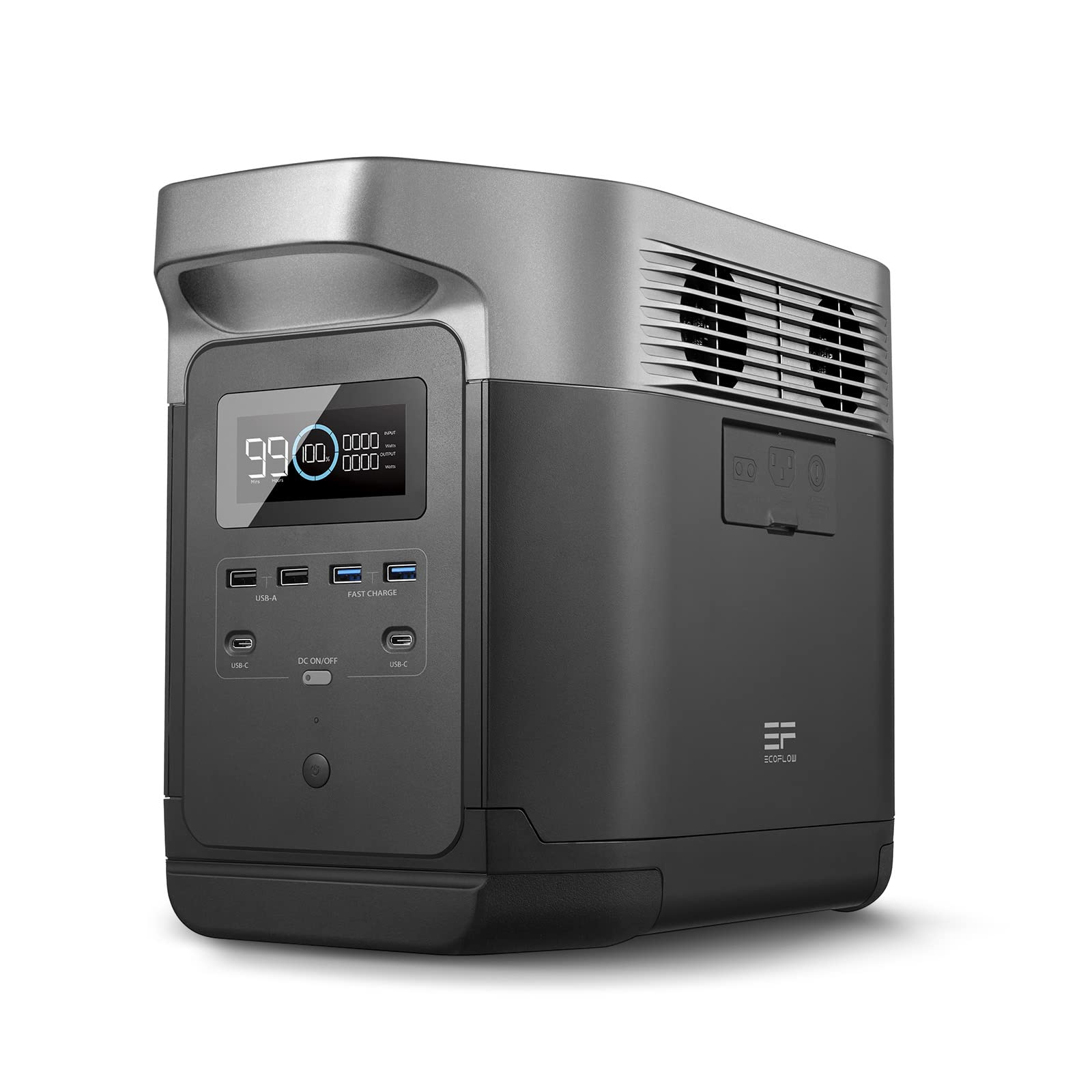
Every two years, engineering teams from across the globe gather to unleash their solar-powered electric vehicle (EV) creations, engaging in a head-to-head competition that not only pushes the boundaries of technology but also seeks to unearth the optimal design for a solar-powered vehicle.
The most recent edition of this extraordinary competition unfolded in the vast expanse of the Australian outback. Each participating solar vehicle was allocated 5kW hours of stored energy, accounting for merely 10% of the power needed to traverse the challenging 1,860-mile distance. The remaining 90% had to be sourced exclusively from the sun or the kinetic energy generated by the vehicle itself—a concept akin to utilizing braking energy to recharge the battery, a feature found in some conventional cars.
The World Solar Challenge classifies vehicles into three distinct categories: Challenger, Cruiser, and Adventure.
Challenger class vehicles embark on the full 3,000-kilometer journey, pausing every day at 5 p.m. to set up camp wherever they find themselves. Cruiser class vehicles cover the same distance but in 1,000-kilometer (approximately 620-mile) stages. They must adhere to specific time targets, seat at least two individuals, and are subject to a comprehensive “practicality” evaluation. This assessment considers factors such as design, environmental impact, user-friendliness, passenger comfort, controls, features, style, and more. The Adventure class welcomes back vehicles that have previously competed in the challenge for another thrilling round of innovation and competition.
This year, 31 solar-powered cars left the starting line: 23 in the Challenger class and eight in the Cruiser class. Only 12 reached the finish line. First place in the Challenger class was Belgium’s Innoptus Infinite, with an average overall speed of about 55 miles per hour. The addition of a retractable fin at the top allowed the car to sail with the wind, rather than fight against it, and may have helped give the Innoptus Solar Team the edge during reportedly high gusts. Team Twente from the Netherlands came in second place with the Red X, its first monohull designed car, and the Brunel Solar Team, also from the Netherlands, came in third with the Nuna 12, featuring an asymmetrical two-hull design and an AI designed exterior graphic.
The Sunswift 7, which weighs about one-fourth what a Tesla does, took the top prize in the Cruiser category, and broke a Guinness World Record for “Fastest EV over 1000km on a single charge.” It was followed by UMN’s vehicle Gaia in second place and Estonia’s Solaride 2 in third.
Pitting these vehicles against one another in competition helps test and develop new battery types, solar cells and aerodynamic designs, some of which have been provided by major companies and some of which have been made by student engineers. It also provides a training ground for student engineers to test and refine their products, and to flex their skills.
As to whether solar-powered cars will become mainstream, that’s a much bigger question. And we’ll have to see how the solar cars leading the charge, like the Lightyear 0, the Sono Sion and the Aptera, deliver on their promised efficiency and convenience, and how they’re received by drivers.




